
Beyond Tomatoes: What’s Trending in Home Grown?
Edible plants have always been a component of the home garden, and their popularity continues to increase. According to last year’s National Gardening Survey, the DIY yard and
garden industry is growing at a slow and steady rate, led by millennials and by growth in food gardening.
American Community Gardening Association (ACGA) reports that its membership has increased in the past three years. “People are wanting to learn how to grow their own vegetables,” says Cathy Walker, ACGA vice president. A new generation of gardeners is discovering what long-time gardeners have always known:
- Benefits of gardening include stress reduction and exercise in addition to the tasty harvest.
- Growing your own food is one way to ensure it is safe to eat.
- Food harvested fresh from the garden tastes better!
While certain trends are perennially popular — think backyard tomatoes — others may echo larger movements, such as what’s in vogue in restaurants, the aging of baby boomers, or evolving home landscape styles. Here are a few ways modern gardeners are stretching their limits.
Home Grown Gourmet
As high-end supermarkets present an ever-increasing range of choices in the produce aisle as well as the prepared foods department, gardeners are beginning to realize that the very best gourmet treats are those grown at home. There are plenty of options beyond heirloom tomatoes.
Today’s Salad
Do we even remember iceberg lettuce? Tender baby greens and edible flowers make up today’s salad. Sown about an inch apart with no thinning necessary, cut- and-come-again greens yield multiple harvests. Seed companies create “mesclun mixes” — tasty mixes of lettuces, mustards, chard and other greens — especially for this purpose. Nasturtium and chive blossoms, plus a few scattered rose petals, add panache.
Microgreens
If you consider baby greens to be young toddlers, think of microgreens as infants. Ready in 10 days to three weeks, tender young radish, mustard, cress and other seedlings can even be grown indoors in winter, with supplemental lighting. The smart gardener will be looking to energy efficient LED grow lights for this purpose. Microgreen growers also will be looking for large size packs of seeds, 1-ounce minimum.
Wild Greens
Wild arugula, dandelion greens and corn salad (also called mache) are not as tame tasting as lettuce, yet not as bitter as foraged greens, another emerging trend in edibles. In general, wild greens are more nutritious than supermarket lettuce and spinach. Seeds for these healthful salad alternatives are becoming more easily available.
Winter Squash
Not so long ago, winter squash meant butternut or acorn. Now it can mean Kabocha, Turban, Red Kuri … the list goes on. Full flavored, easy to grow and beautiful to behold, these fall and winter treats can be grown from seed or from purchased young seedlings.
New Broccoli Hybrids
Broccolini, a hybrid of Chinese broccoli and traditional broccoli, looks similar to broccoli raab, but does not have its bitter taste. And it does not get woody at the first hint of hot weather, as raab does. Broccoflower and Kalettes are two more new clan members.
Container Edibles
Patio gardeners can now grow dwarf varieties of many fruits and vegetables that were traditionally planted in the soil, in addition to the greens and herbs that have long been container favorites.
Regardless of whether a gardener is looking to plant a pot full of lettuce or strawberries or a single fig tree, the best bit of advice to offer is: Use a big pot. The larger the pot, the less of a chore watering is.
Trellises and other supports make tall edibles in containers stand fashionably upright. And organic soil options have never been more available — or more popular. Here are a few plants bound for patio glory:
Berries
Blueberries do well in large pots; that’s not news. Double fruiting (mid-summer and fall) compact blueberries — now that’s news. Thornless blackberries and raspberries also are well suited for container culture. Container berries of all kinds are a great answer to the universal craving to pluck sweet fruits from a bush just outside the kitchen door.
Tomatoes
Yes tomatoes, again and always: The Dwarf Tomato Breeding Project, led by gardener/author/educator Craig LeHoullier, has yielded over 70 new non-hybrid varieties perfect for container growing. The project is a work of passion for LeHoullier and his project co-leader Patrina Nuske-Small, and a gift to space challenged gardeners everywhere. His favorites so far are ‘Rosella Purple’, ‘Dwarf Sweet Sue’, and ‘Dwarf Mr. Snow’. Says LeHoullier, “… to get a worthwhile harvest you need to use large vessels — at least 10 gallons in capacity.”
Tea Plants
Pots of lemon verbena, holy basil, mint, bergamot and other tea plants offer a touch of gracious living to a gardener’s life. Place fresh-picked leaves into an infuser or cloth tea bag, sink it into a pot of hot water and serve. Hot or on ice, fresh herbal tea gives one a reason to pause and enjoy the beauty and bounty of the garden.
Color It Purple
The Pantone color of the year is Ultra Violet. Why not bring it into the garden? Pots, trellises and benches can be updated with a coat of paint, and there are lots of attractive and delicious purple plants to choose from, such as: ‘Purple Graffiti’
Hybrid Cauliflower
This big draw at farmers markets is no more difficult to grow than standard white cauliflower.
Purple Eggplants
This beauty of a fruit comes in all shapes and sizes. Traditional as well as long purple Italian eggplants, hybrids such as ‘Fairy Tale’ and ‘Dancer’, heirlooms like ‘Rosa Bianca’, and skinny Asian types all make excellent container plants.
Purple Carrots
All carrots are loaded with beta-carotene, which the body converts to Vitamin A; purple roots are also rich in anthocyanins, antioxidant compounds that offer multiple health benefits.
Flowers
Not only do flowers bring beauty to the vegetable garden, they cut down on pest problems. Purple sweet alyssum attracts syrphid flies, which have aphid-eating larvae. Alliums like ‘Purple Sensation’ and ‘Millenium’ (the PPA Perennial Plant of the Year) draw bees and mini-wasps, those parasitic garden helpers. Anise hyssop is nectar rich and a wonderful habitat plant for a garden border. Look for ‘Golden Jubilee’, a standout with eye-catching chartreuse foliage.
Trouble-Free Watering
The unpredictability of rainfall makes some sort of irrigation a must for the serious vegetable gardener, but just the idea of an “irrigation system” can scare off a beginning gardener. There’s a ready market for any product that can make consistent watering easier.
Battery-Operated Timer
An end-of-hose timer together with leak-proof hoses and fittings can take the guesswork out of consistent watering. What do leak-proof fittings have to do with it? When you keep the hose in the “on” position, as you must with a timer, you don’t want to worry about possible hose or connection leaks.
Self-Watering Planters
When tomato vines grow to full size and the late summer heat is on, self-watering planters can be a major plant and time saver. The bigger the better!
Irrigation Options
The new cut-and-connect soaker hose setups are not nearly as intimidating to the home gardener as a farm-type system with a backflow device, a pressure regulator and drip emitters. For patio gardens, there are self-contained kits with complete set-up instructions that eliminate the complexity of designing a system piece by piece.
Easy-Does-It Edibles
More people are enjoying the rewards of gardening. But that doesn’t mean they don’t chafe at the time and energy it can demand. There’s always a market in our rushed existence for time saving techniques and products. Here are a few of the ways and means available to recommend for easier gardening:
Seed Tape
This ingenious product allows you to sow exactly evenly spaced radishes, carrots, beets, and more, so you can skip the onerous task of thinning tiny seedlings. This equates to a better shot at gardening success.
Well-Designed Tools
Though millennials are a big target market, the gardening demographic is still tilted toward boomers. Tools that are ergonomically designed are in demand.
Digging spades or drain spades with a narrow tip sink into rocky soil much more easily than a typical wide shovel. Garden kneelers and kneepads save bodily wear and tear. Raised garden benches allow those with disabilities to garden standing up. Pruners with curved handles, big-wheeled garden carts, lightweight hoses, gardeners’ tool belts or caddies — all of these products will allow aging gardeners to continue to engage in the activity they love for years to come. And don’t forget tool sharpeners, which keep tools functioning well.
Row Covers
This multipurpose, must-have fabric blocks insects and prevents the spread of disease, provides a couple of degrees of extra warmth when it’s most needed, protects plants from wind or frost, and keeps out birds and rabbits.
Soil Builders
Cover crops suppress weeds, break pest cycles and prevent winter erosion. Home gardeners need easier access to oat, rye, clover and buckwheat seed, and they need education about the benefits these soil builders can provide, even in a small backyard garden. It’s a fact that living soil covers help build productive soil. Another fact: Rich, productive soil is on every gardener’s wish list!

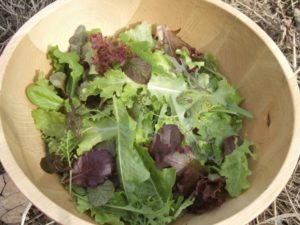
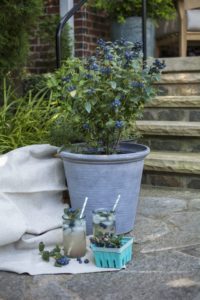
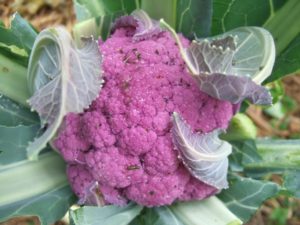
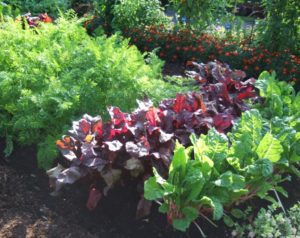
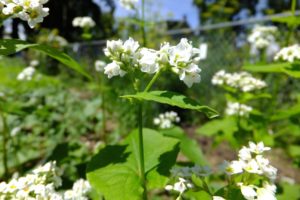
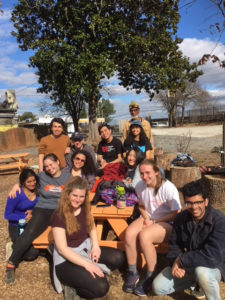
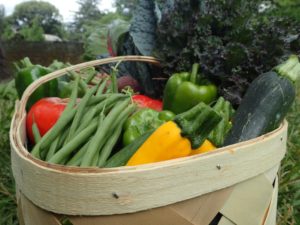






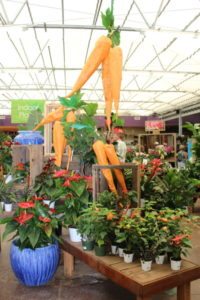
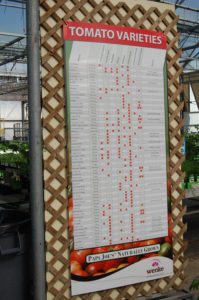
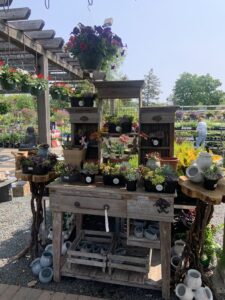
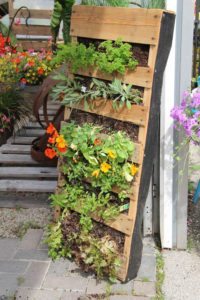
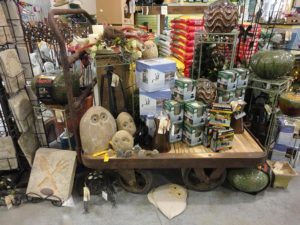
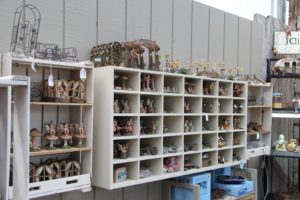
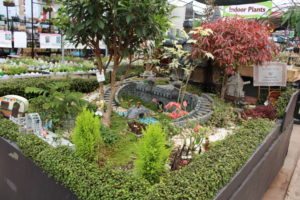
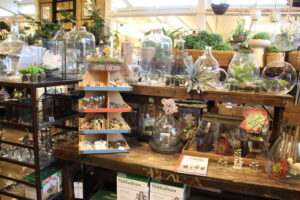
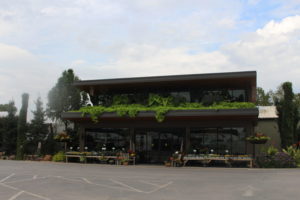

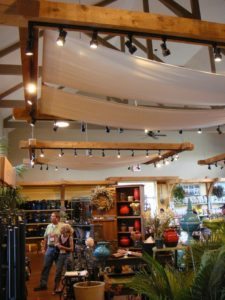
 Videos
Videos





